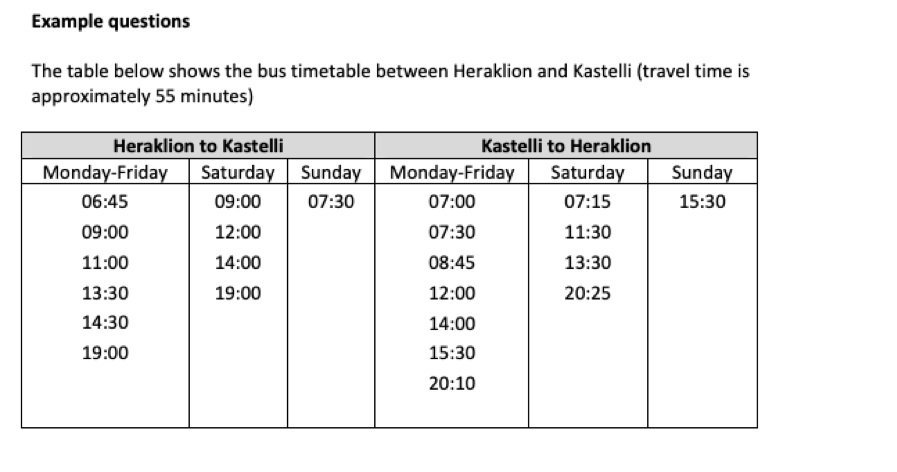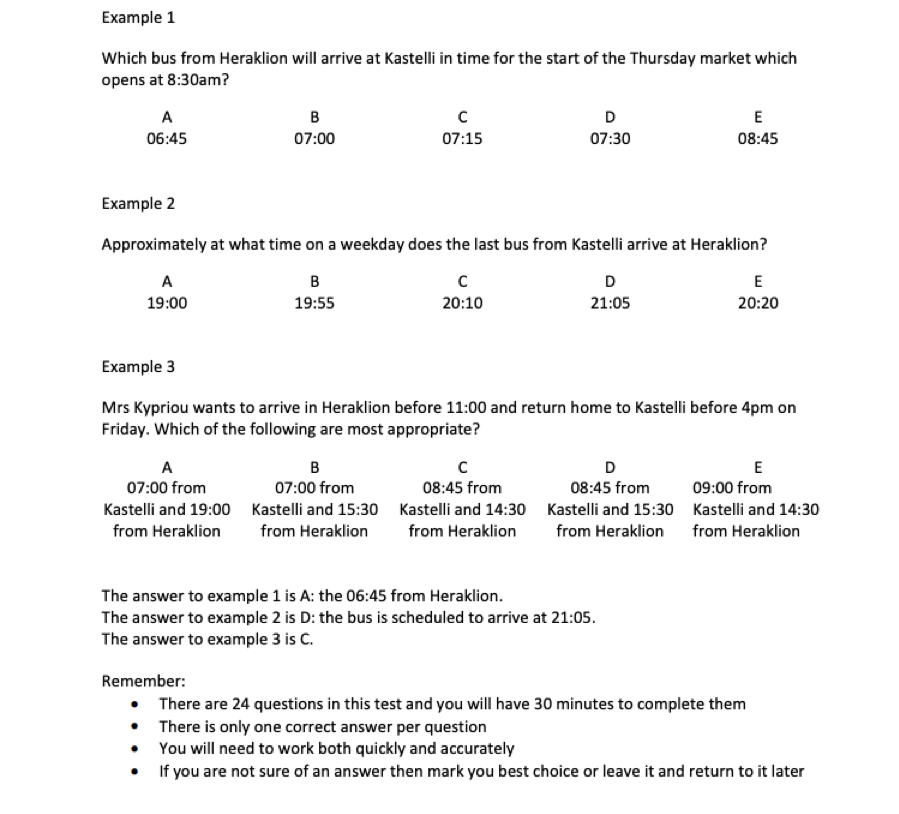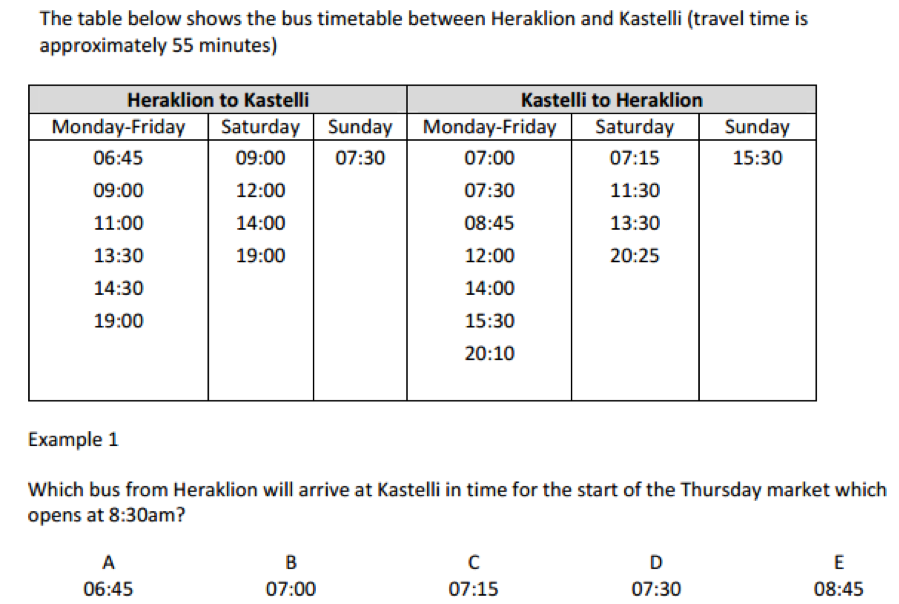EPSO Prioritising and Organising Test Insights
Another test aimed for all candidates who are taking part in the EPSO AST competitions is the EPSO Prioritising and Organising Test. As with the nature of the job, it helps for assistants to constantly be up on their toes with that certain clarity in mind to tackle the incoming tasks ahead.
Helping you successfully land your EPSO career, we have here the basics that will guide you prepare for the EPSO Prioritising and Organising test:
What is the EPSO Prioritising and Organising Test?
Contending in a highly sought-after career at EPSO means having to undergo multiple selection processes that will weed out those who cannot handle the job as much as the rest. The EPSO Prioritising and Organising test is one of the pre-selection tests that have been applied since 2012 to assess AST candidates.
This test works to objectively assess the candidate’s ability to organize their own work by structuring information and identifying the most critical tasks from a variety of information given. All of this within the given 30-minute limit. It is taken in the second language of the candidates (German, English, or French)
What Skills Are Tested in the EPSO Prioritising and Organising Test?
The ability to prioritise and organise runs deeper than just the mere understanding of these words when it comes to EPSO competitions. Both have underlying specificities or skills that candidates must embody in order to stand out from the rest and succeed. Here are some of the different skills that are being assessed in the EPSO Prioritising and Orgasnising test:
- Time management;
- Speed of your deduction skills;
- Ability to organise a schedule while analysing information;
- Ability to create a plan under various and often different information;
- Ability to prioritise some facts over others;
- Logical reasoning skills;
- Basic numerical ability;
- Ability to interpret tables.
What Is the Composition of the EPSO Priotising and Organising Test?
Compared to other tests organized by EPSO, the EPSO Prioritising and Organising test is relatively easier. However, this does not mean that less preparation is required. Since all EPSO competitions are difficult, it is a must that you must get one of the highest scores, typically 80% of overall. Therefore, you must still keep in mind how this test goes about in order to make the best out of it. Helping you with that, here is the typical composition of the EPSO Prioritising and Organising test.
The test aims to make candidates identify relevant pieces of information from one source to arrive at the correct answer. Candidates may face the following challenges:
- Calendar management;
- Time-tables interpretation;
- Order lists
- Working lists
- Compilation of different hotel services
- Agendas management
- Vehicle capacities
From the given information, 24 questions must be answered under 30 minutes, giving you an average of 75 seconds per question. Candidates may be asked questions that range from organizing the different modes of travel to get to a meeting on time and the likes. All of these things depend on the data contained in the table about a particular given situation. You will have five different answer options available from which you must select the correct one.
Strategies to Ace the EPSO Prioritising and Organising Test
You must remember that the easier the test is, the higher the competition is going to be. That is why you still have to succeed and generate a higher mark than the rest in this particular EPSO test. Here are some tips for you to succeed in the EPSO Prioritising and Organising test:
Turn Your Observation Skills On
Carefully assess the given information. Observe well and think thoroughly the hierarchy of the processes that is presented in the situation presented. Remember that these are situated in real life scenarios. So it helps that you get your practical thinking caps on.
Conduct A Methodical Approach
Given that you have to choose among five choices for the best and correct answer, you must then be able to conduct a methodical approach to the test. You will be presented with timetabling problems that will ask you to organise a schedule. Other times, you will also be dealing with constraint optimisation problems. To overcome the confusion, you must then be able to interpret a table correctly, form an equation, or a series of instructions.
EPSO Prioritising and Organising Test Examples
To give you a full experience of the upcoming EPSO Prioritising and Organising test, we have below some examples that you can practice on.
Instructions
In order to test your ability to organise and prioritise work, you will be given a set of information in the form of timetables, charts, and tables. From what you have gathered through the figures, you will have to respond to a number of questions accordingly.
In the actual test, you will have to answer a total of 24 questions. Each question will be presented with five options, from which you will have to choose the correct answer. Below are some examples of questions:
Question: You and your wife are in town for a visit and wish to check into a hotel. Your wife wants to stay in at least a 2 star hotel but your budget is only 100 euros. Which hotel should you check in if you and your wife want to sleep on separate beds?
Answer: Cathay
Answer Details: The answer is Cathay. From the given information, it is specified that the wife wants to check in at least a 2-star hotel that will be sufficient for your budget of 100 euros. This leaves you with either Carlton’s Double Room with one star and Cathay’s Twin Room with two. Further on, it is mentioned that the wife wants to sleep on separate beds. Thus, this points to Cathay—a two-star hotel with a twin room for the price of 100 euros.
Question: If you want to go to Paris but you do not want to fly direct, which flight should you take if you want the cheapest flight that takes between 4 to 5 hours?
Answer: Flight I511 to Istanbul
Answer Details: From the given information, the correct answer is Flight I511. It is not a direct flight to Paris with Istanbul as a destination. Moreover, it is the cheapest with 400 euros and takes only 4.5 hours.







